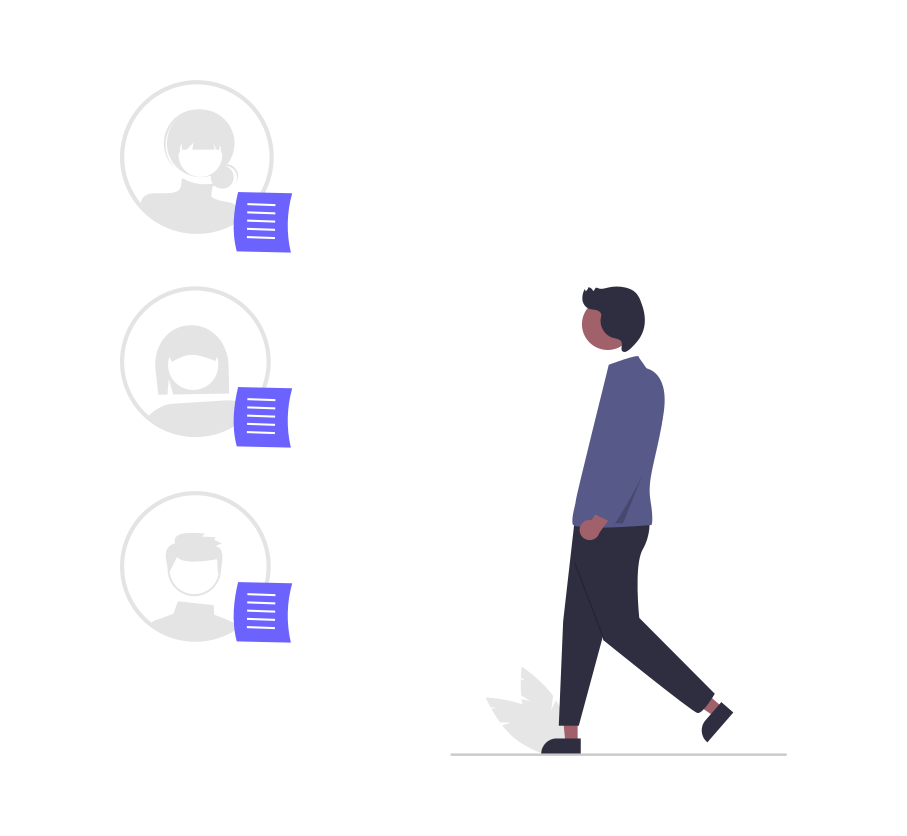In the digital marketing landscape, precision targeting is key to achieving impactful results. Behavioral segmentation, which categorizes consumers based on their online actions and interactions, allows marketers to create highly tailored strategies. Let’s delve into the techniques and benefits of behavioral segmentation in digital marketing.
Introduction
Behavioral segmentation focuses on understanding how consumers behave online, enabling marketers to predict future actions and personalize marketing efforts. By analyzing patterns in consumer behavior, digital marketers can craft strategies that resonate more deeply with their audience.
Techniques for Behavioral Segmentation
1. Website Interaction Analysis
Analyzing how users interact with your website provides valuable insights into their behavior. Techniques include:
- Page Views: Identify which pages users visit most frequently.
- Click Patterns: Track where users click and what content they engage with.
- Session Duration: Measure how long users stay on your site and on specific pages.
2. Purchase History
Examining past purchase behavior helps segment customers based on their buying patterns. Key factors to consider are:
- Frequency of Purchases: Identify regular, occasional, and one-time buyers.
- Purchase Value: Segment based on the average transaction value.
- Product Categories: Categorize users by the types of products they buy.
3. Email Engagement
Tracking email interaction can reveal a lot about user preferences and interests. Important metrics include:
- Open Rates: Measure how often recipients open your emails.
- Click-Through Rates (CTR): Track how many recipients click on links within your emails.
- Unsubscribes: Monitor the rate at which users unsubscribe to identify disengagement.
4. Social Media Behavior
Social media platforms provide a wealth of behavioral data. Key areas to analyze are:
- Engagement: Track likes, shares, comments, and other interactions.
- Content Preferences: Identify the types of content that generate the most engagement.
- Follower Growth: Monitor changes in your follower count and their engagement patterns.
5. Search Behavior
Understanding what users search for can provide deep insights into their needs and intentions. Techniques include:
- Search Queries: Analyze the keywords and phrases users search for on your site.
- Navigation Paths: Track the paths users take after performing a search.
Benefits of Behavioral Segmentation
1. Enhanced Personalization
Behavioral segmentation allows for a higher degree of personalization, ensuring that marketing messages align closely with user interests and behaviors. This increases the relevance of your content and improves engagement.
2. Improved Targeting
By understanding user behavior, marketers can create more targeted campaigns. This means reaching the right people with the right message at the right time, thereby increasing the chances of conversion.
3. Higher Conversion Rates
Personalized and targeted marketing efforts lead to higher conversion rates. When users feel that the content is relevant to their needs, they are more likely to take action.
4. Increased Customer Retention
Understanding and responding to user behavior can improve customer satisfaction and loyalty. Tailored marketing efforts that address the specific needs and preferences of users can lead to higher retention rates.
Implementing Behavioral Segmentation
1. Data Collection
Effective behavioral segmentation starts with collecting accurate data. Utilize tools such as:
- Web Analytics Platforms: Google Analytics, Adobe Analytics
- CRM Systems: Salesforce, HubSpot
- Email Marketing Tools: Mailchimp, SendGrid
- Social Media Analytics: Facebook Insights, Twitter Analytics
2. Data Analysis
Analyze the collected data to identify patterns and segment users accordingly. Use techniques such as:
- Segmentation Analysis: Group users based on similar behaviors.
- Trend Analysis: Identify trends and patterns over time.
3. Strategy Development
Develop tailored strategies for each behavioral segment. This includes:
- Content Creation: Create content that speaks directly to the interests and behaviors of each segment.
- Campaign Design: Design marketing campaigns that target specific segments with personalized messages.
- Channel Selection: Choose the most effective channels to reach each segment.
4. Execution and Monitoring
Implement your strategies and continuously monitor their performance. Key actions include:
- Performance Tracking: Measure the effectiveness of your campaigns.
- Feedback Loops: Use feedback to refine and adjust your strategies.
- Continuous Improvement: Regularly update your segmentation and strategies based on new data and insights.
Conclusion
Behavioral segmentation offers a powerful way to enhance your digital marketing efforts. By understanding and leveraging consumer behavior, marketers can create highly personalized and effective strategies. This not only improves engagement and conversion rates but also fosters long-term customer loyalty. Embrace behavioral segmentation to unlock the full potential of your digital marketing campaigns.


